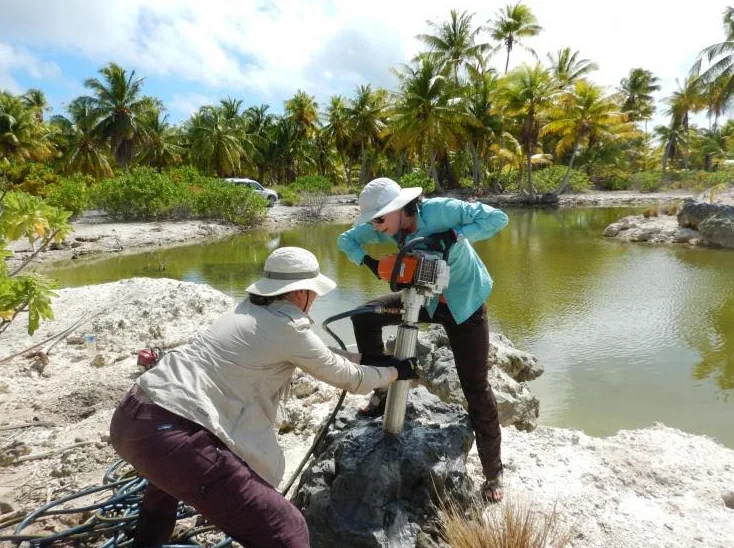
El Niño becoming more intense since humans industrialized
The findings of a new study have led the research team to conclude that these contemporary more powerful El Niño events are part of a new climate scenario that's dominating the region.
The Pacific Ocean has been experiencing stronger El Niños and La Niñas since the industrial revolution. That's the conclusion of a recent study examining the past 50 years, with a focus on the strongest events. Lead researcher Kim Cobb, from Georgia Institute of Technology, considers these events to be “outside of natural climate variability.”
El Niño Southern Oscillation (ENSO) is a periodic warming of ocean waters every two to seven years, along with shifts in trade winds and precipitation patterns in the equatorial tropical Pacific Ocean. By adding tremendous amounts of heat to the ocean's surface and the atmosphere, El Niño events can alter weather patterns worldwide and amplify coral bleaching. The impact can be felt from North America to Asia, Africa, or Australia. In the United States, one of the main anomaly signals is the increase of precipitation across a large swath of the south, extending from California to Florida.

Figure 1 SST anomalies during the 1997 vs. 2015 El Niño from NOAA
The findings of the study have led the research team to conclude that these contemporary more powerful El Niño events are part of a new climate scenario that's dominating the region. Since the 1970s the warming of the Pacific Ocean equatorial waters has been displaced towards the west, making some of the El Niño events stronger. The researchers found industrial-age ENSO to be stronger than those recorded during the pre-industrial years.
Since 1978, eleven El Niño events have formed in the western and central Pacific, with three super El Niños that helped increase global average temperatures while producing extreme weather events. Super El Niño events that occurred in 1982, 1998, and between 2015 and 2016 had a tremendous impact on the global climate, bringing extreme drought and heat -- or heavy precipitation and floods -- to several regions.
ENSO AND CORAL
Changes in the ocean water temperatures related to ENSO events have a direct impact on corals. To study the variations of ENSO events over the past 7,000 years, the research team used fossil coral oxygen isotope records extracted from the Line Islands, located in the central equatorial Pacific. These coral fossils are a solid reference for sea surface temperature oscillations, indicating that water temperature has been changing over many centuries.
Going back in time, the coral data indicates that 3,000 to 5,000 years ago, ENSO variance decreased close to 20 per cent, mainly driven by changes related to solar insolation input. The variability of the ENSO signal is different during more recent periods since 1970 it is 25 per cent stronger than during the pre-industrial period.

Pam Grother and Alyssa Atwood drilling into a 5000-year-old coral fossil on Kiritimati Island. Source: Georgia Tech University
The study concludes that anthropogenic climate change is one of the principal factors making El Niño events more intense.
What is not clear yet is how much it amplifies the sea surface temperature anomaly signal. A limited data record is one of the main issues. However, as more El Niño or La Niña situations occur, researchers will be able to build a more solid connection between the frequency and intensity of ENSO and climate change.
Thumbnail image courtesy: Getty.












